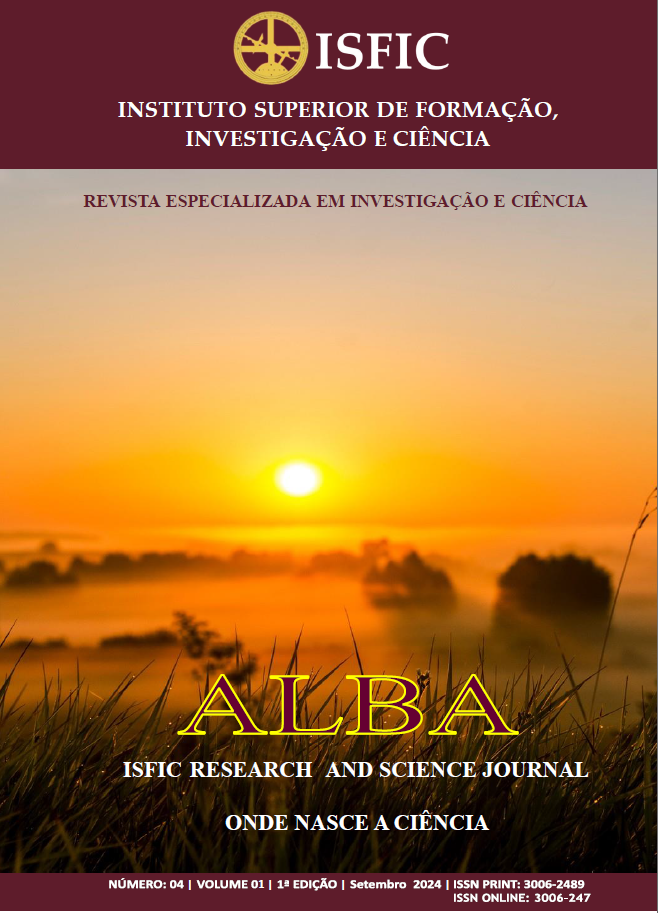Export Diversification as a Driving Mechanism for Mozambique’s Economic Growth
Keywords:
Exports, Diversification, Economic Growth, VAR modelsAbstract
Developing countries are characterized by a restricted basket of export products. Several studies point to the need for greater diversification of exports, characterized above all by the creation of new products and improving the quality of existing ones through industrialization. Therefore, as Mozambique is a developing country, with a balance of payments characterized by a persistent current account deficit, the focus on diversification can be considered as a factor that increases solid and sustainable economic growth. The main objective of the study is to assess the impact of export diversification on economic growth in Mozambique. To this end, the time series of export data by category of products and services, as well as the economic growth series, covers the period from January 2017 to December 2021 and was obtained from the National Statistics Institute data base. By applying the Hirschman index, it was possible to obtain a degree of export diversification of 49%, classified as “moderate” and it was concluded that the effect on exports through diversification still has little impact on economic growth. The products resulting from large projects had a positive impact on economic growth based on the inferences obtained by the Vector Auto-Regressive (VAR) model. The results of the study allowed us to conclude that economic growth is greatly influenced by its history and probably by other factors that determine it (e.g. per capita consumption, state spending, etc.). The need to increase the degree of diversification of exports and the definition of policies and strategies that can minimize the effects of external economic crises (e.g.: COVID-19 pandemic, external conflicts, etc.) on the country's economic growth was also demonstrated.
Downloads
References
Ahmed, H. and Hamid, N. (2014), “Patterns of Export Diversification: Evidence from Pakistan”. London.
Cashin, P and McDermott, J. (2002), “The Long run Behaviour fo Commodity Prices: Small Trends and Big Variability”, IMF Staff Papers, Vol. 49, No. 2. Pp. 175-199.
Henn, C., Papageorgiou, C. and Spatafora, N. (2013), “Export quality in Developing Countries”, IMF Working Paper, WP/13/108 Hesse.
Hesse, H. (2008), “Export Diversification and Economic Growth”, Commission on Growth and Development, Working Paper No. 21.
Hossein, M. and Chowdhury, S. (2014), “Pattern and Determinants of export Diversification in Bangladesh: An Empirical Assessment”, D.U Journal of Marketing, Vol. No. 15.
Nolan, R. (2014), “How Big Are the Benefits of Economic Diversification? Evidence from Earthquakes”. IMF Working Paper, wp/05/48.







